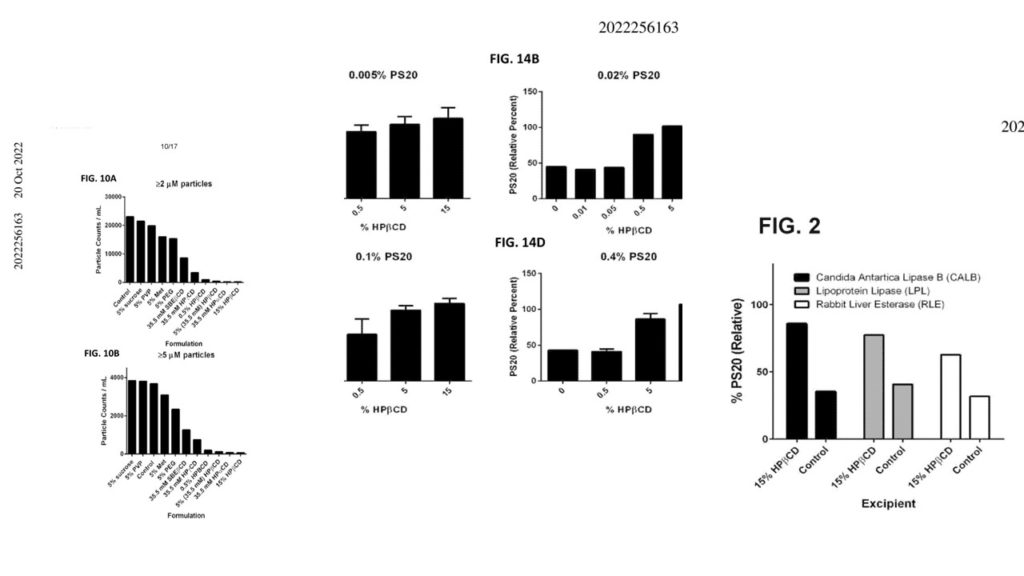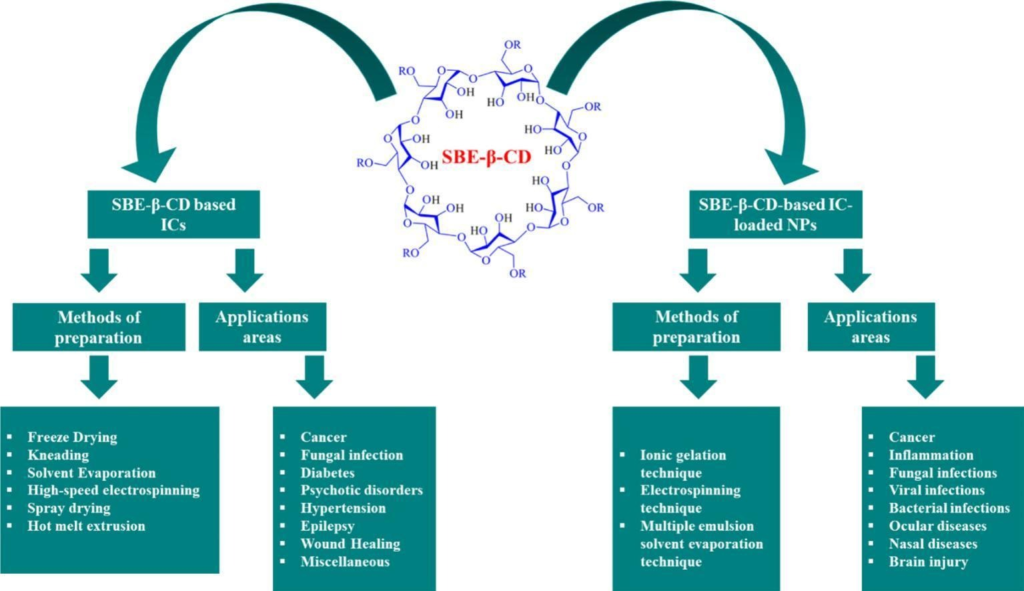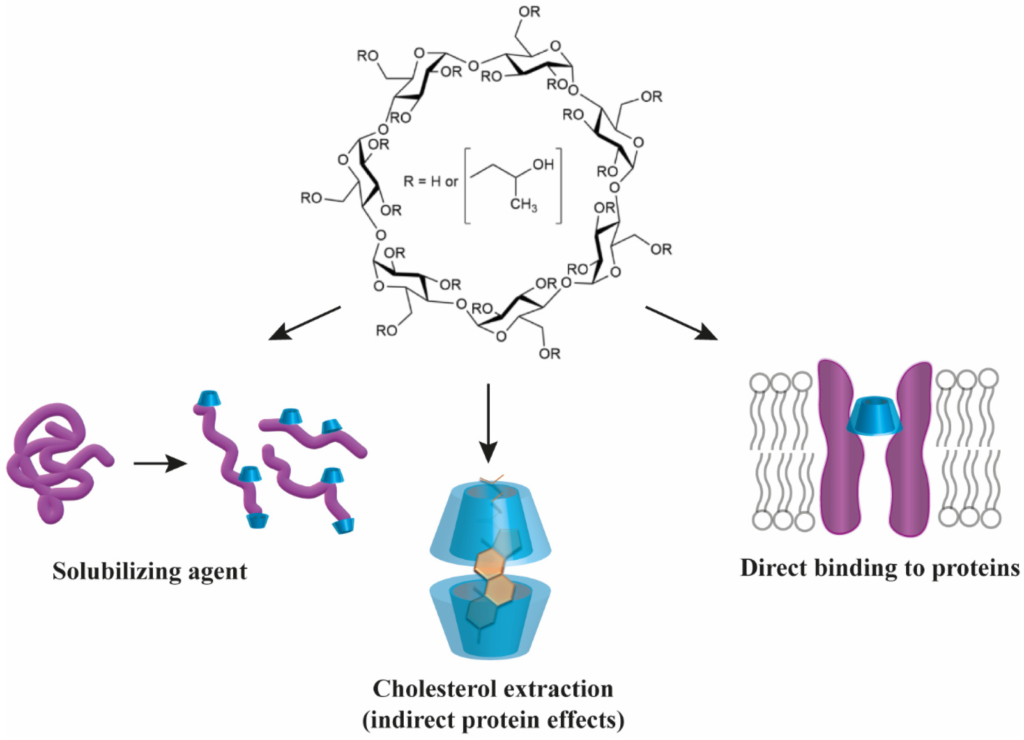Degree and distribution of substitution of hydroxypropyl-β-cyclodextrin in enantioselective liquid-liquid extraction and countercurrent chromatographic enantioseparation
Using CDs in enantioseparation is rather straightforward. On an analytical level. However, preparation is a completely different question. Potential solutions for this problem and the impact of CD types are explored in the study of Zhejiang University of Technology and Jiaxing University, discussing applications in CPC and liquid-liquid extraction.




